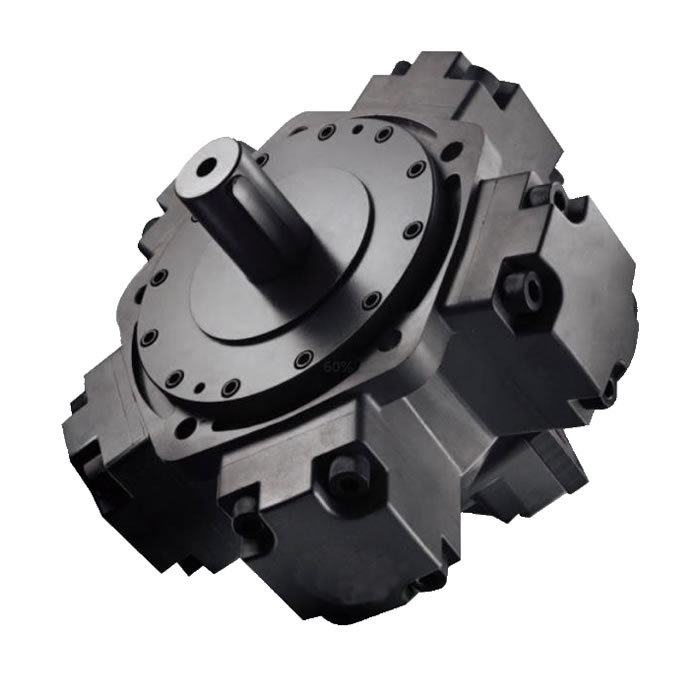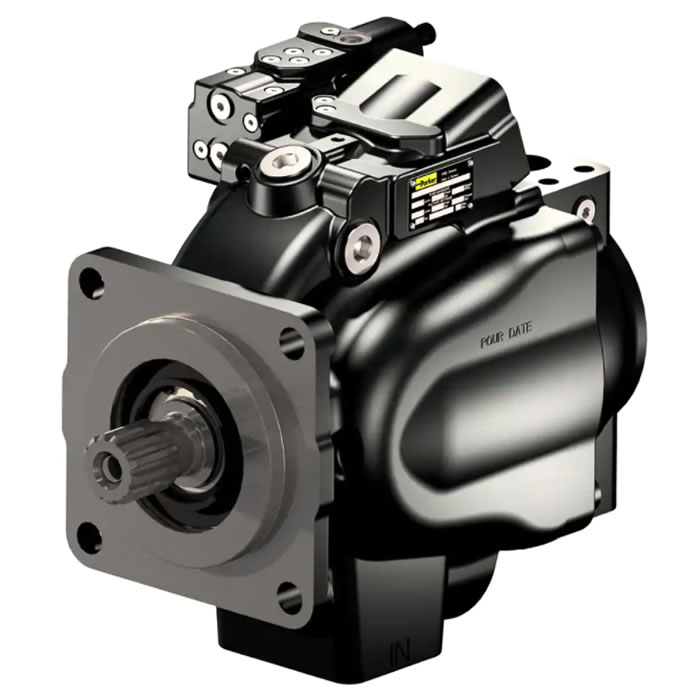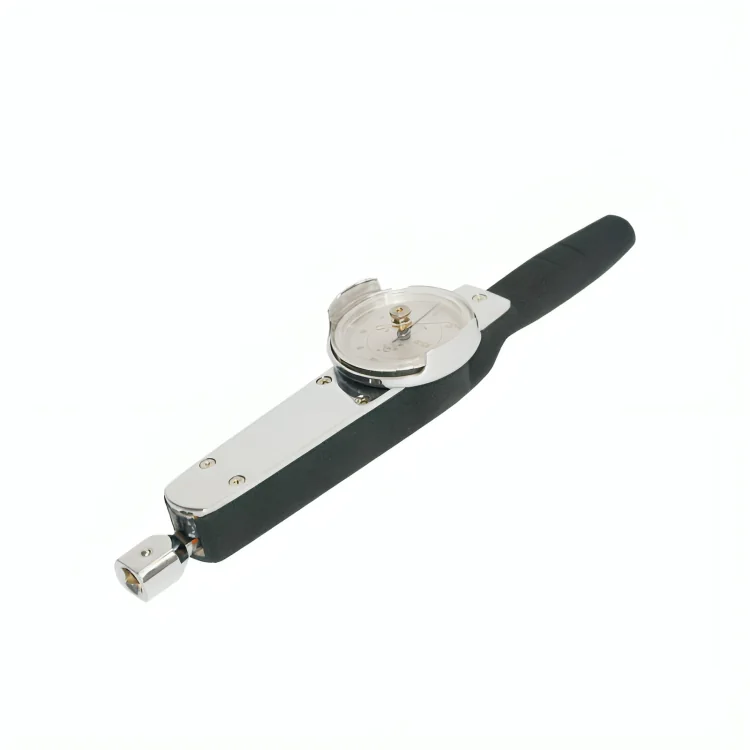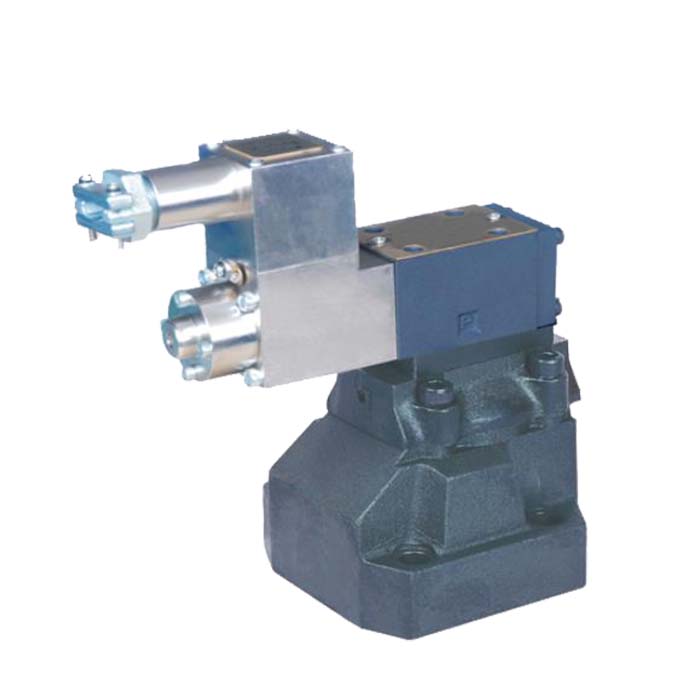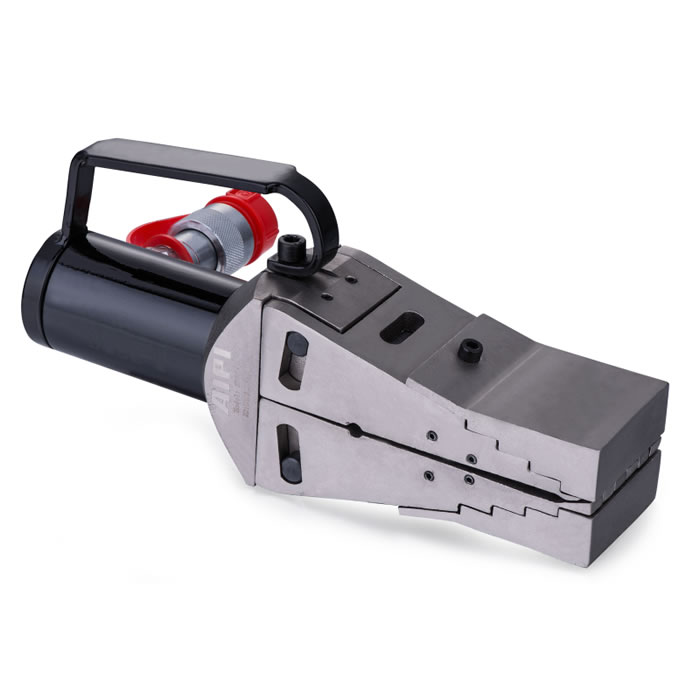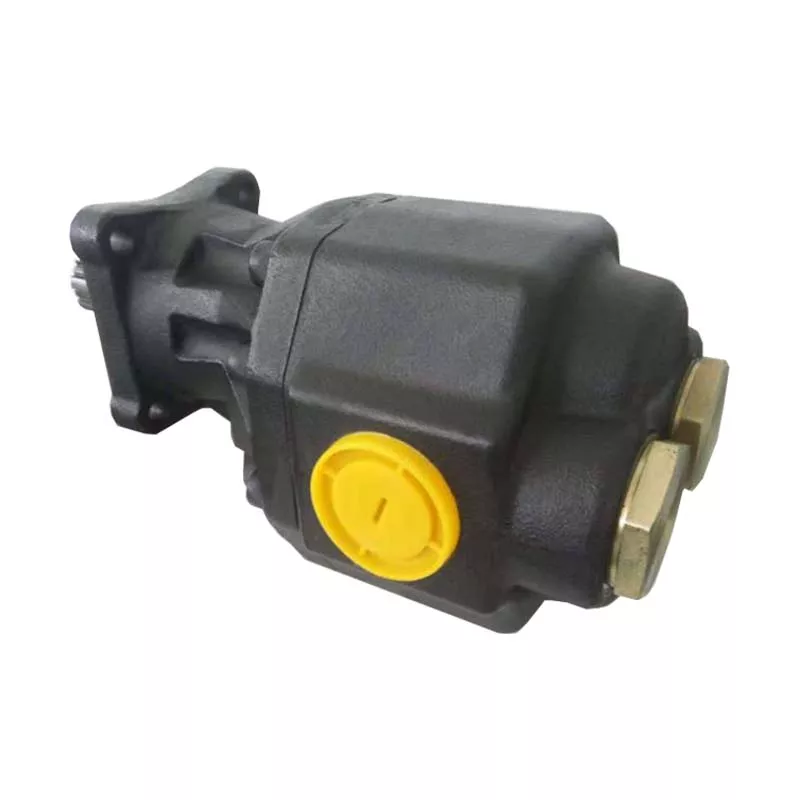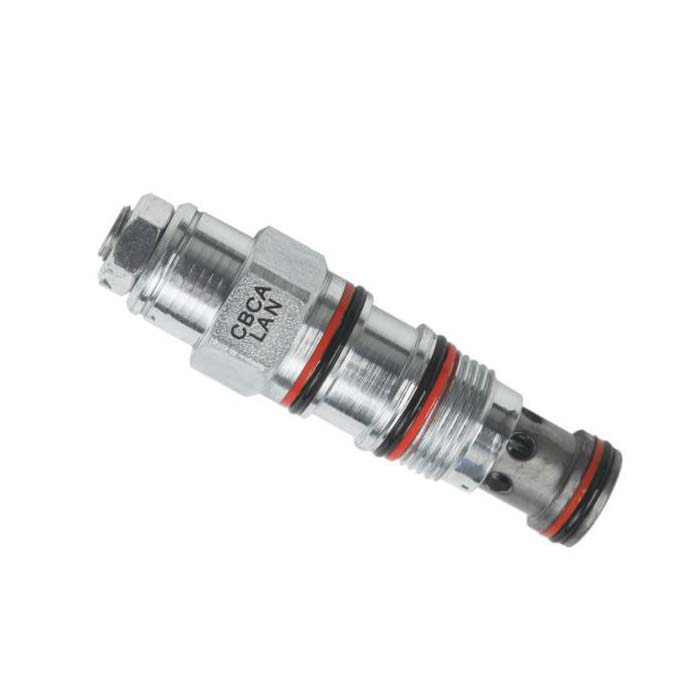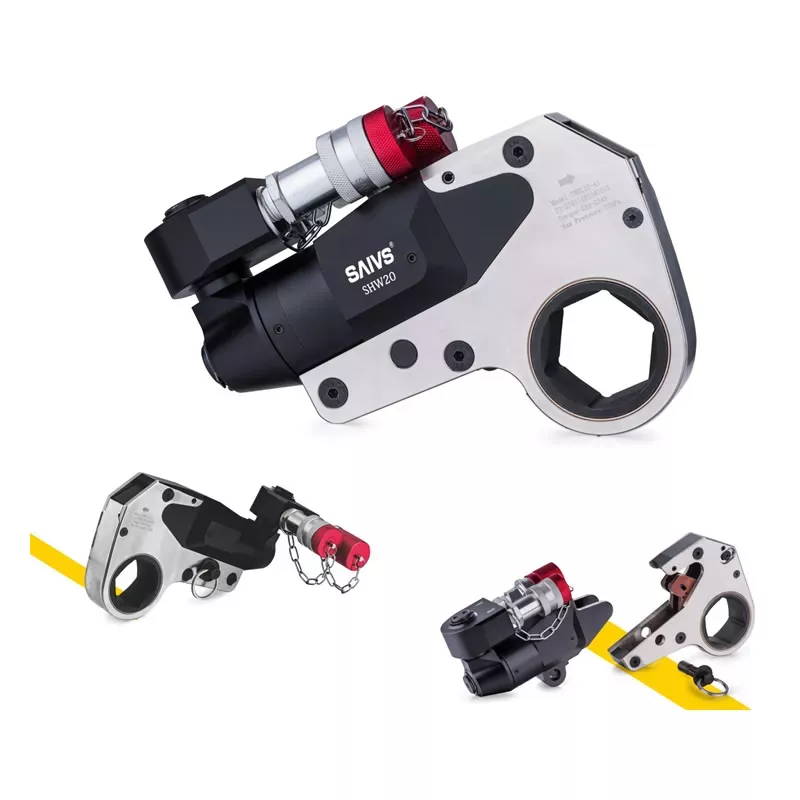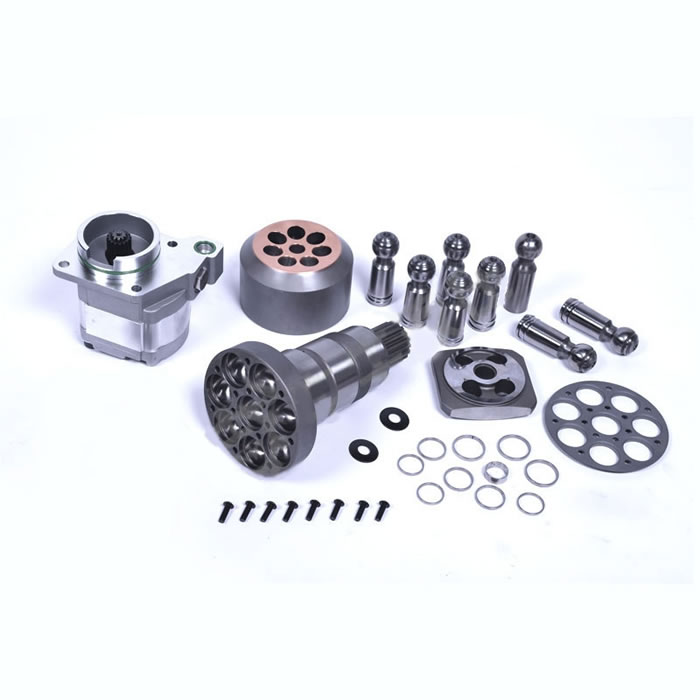Gear Hydraulic Motor Product Overview
At present, some typical products of gear Hydraulic Motors produced and sold in China are characterized by advanced technology, various structures, high pressure, large displacement range, high speed, wide output torque range and high volumetric efficiency. They can be used as actuating elements in Hydraulic Systems of construction machinery, mining machinery, lifting and transporting machinery, agricultural and forestry machinery, vehicles and industrial production machinery such as plastic machines and machine tools.
Key points of use
Application occasion
Involute external engagement gear hydraulic motor has the advantages of simple structure, small size, light weight, low price, convenient use and maintenance, but its application range is limited due to its great ripple of output torque and rotation angular speed, poor low speed stability, small starting torque and large noise. However, when the speed of the motor is above 1000r/min, its torque ripple amplitude is very small compared with the load inertia torque it pulls, so the stability at high speed is very good, which indicates that it is superior to use as a high-speed hydraulic motor. Therefore, it can be widely used as swing actuator in hydraulic system of construction machinery, mining machinery, vehicle and lifting and transporting machinery, agriculture and forestry machinery, environmental protection machinery, etc.
Gear motors with cycloid internal engagement are divided into inner and outer rotors and planetary rotors.
The advantages of inner and outer rotor cycloid meshing gear motor are small size, light weight, high pressure, high speed and wide speed range (up to about 100); In addition, because the inner and outer rotors rotate in the same direction, the sliding speed and wear of the tooth surface are small, the mechanical efficiency is high, but the output torque is small, so it can be used in high-speed and low-load applications. In order to increase the output torque, a planetary gear reduction mechanism is usually attached to the motor.
Planetary rotor cycloid internal engagement gear motor belongs to medium speed and medium torque range. Its advantages are simple structure, small size, light weight, wide speed range, low price, large torque quality ratio, good low speed stability and reliable use. These motors can be widely used as rotary actuators in hydraulic systems of construction machinery, lifting and transporting machinery, construction machinery, agricultural and forestry machinery and light chemical machinery.
(2) Parameter selection and selection
(1) There should be a reserve of 1.3-L5 times for basic service performance parameters, such as output torque of gear motor.
(2) The efficiency of gear motor selection is generally 15%~20% lower than that of gear pump of the same specification.
3. Refer to Section 2.2.13 of Chapter 2 for nominal displacement selection.
4. Precautions for selection. Gear motors have many structural types. The selected Motors should firstly satisfy the requirements of load and speed, and secondly, the starting performance, low speed stability, efficiency, noise, reliability, economy, convenience of use and maintenance, timeliness of supply and other indexes and conditions of the selected gear motors should be considered comprehensively. It is preferable to select products which have been identified and technically mature by relevant national departments and industries.
(3) Precautions
Taking the cycloid motor as an example, the precautions in using the gear motor are described below.
(1) Hydraulic system configuration using gear motor shall be equipped with corresponding filters according to product instructions to ensure the cleanliness of working media used in the system. The hydraulic circuit must be equipped with a cooling device to prevent excessive oil temperature. Pressure gauges and thermometers must be installed in the inlet line. A pressure gauge shall be installed in the oil circuit of the hydraulic pump.
(2) Hydraulic working media should be selected according to ambient temperature and service conditions. The used media should have good viscosity-temperature performance, good defoaming property, anti-oxidation, anti-rust and high flash point. The viscosity of the motor during operation is (25-70) × 10^-6 m^2/s. Impurities such as water, alkali and iron chips in the oil must not exceed the allowable values. It is recommended that the filtering accuracy of the system be better than 20 μ M. Normal operating oil temperature is 25-55 degrees Celsius and short-term operating temperature should not be higher than 65 degrees Celsius.
(3) Before installing and installing the motor, check whether the direction of rotation of the motor corresponds to the direction indicated by the product; The motor should be checked for damage. Motor oil stored for too long should be drained and flushed to prevent sticking of internal moving parts. The motor mounting bracket must have sufficient stiffness to prevent vibration when turning. Mounting bolts must be tightened evenly.
The motor runs unevenly at low speed and can be eliminated by applying back pressure, which is not less than 0.2MPa.
It should be noted that some motors cannot operate under pump conditions or can not be used as pumps.
Hydraulic Motors cannot be mounted by tapping or by force or twisting.
The mounting surface of the motor should be flat. Connecting flange, stop and output shaft extension are dimensionally accurate. It is necessary to ensure that the output shaft has a good coaxiality with the device connected to it. The output shaft should be installed to prevent the axial jacking of the output shaft and the device. During installation, attention should be paid to protecting the smoothness and parallelism of the connecting plate parts of the inlet and outlet oil ports to prevent bumping and poor sealing effect, which may lead to oil leakage.
Inlet, return and drain pipes shall be properly selected, processed and connected in accordance with the instructions. Do not remove the plastic plugs on the pipes and oil pipes until they have been installed.
The relationship between the installation position of the motor inlet and outlet ports and the rotation of the motor on the installation drawing should be recognized when the system is connected. When installing, it is found that the inlet and outlet oil ports are not suitable for the corresponding positive and negative rotation direction of the output shaft, which can be corrected by changing the inlet and outlet oil pipes.
4. Before using and running the motor, check whether the motor is installed, connected correctly and firmly, and whether the system configuration is correct.
Check whether the direction of oil in and out and the direction of motor rotation meet the operating conditions.
The relief valve pressure of the oil supply line is adjusted to the minimum value and gradually to the required pressure after operation.
Tighten inlet and outlet lines and drain lines.
After running in and out under no-load for at least 10 minutes, gradually increase the pressure to the working pressure, and observe whether the motor is running properly at any time during operation.
The operating pressure, flow rate, output power and oil temperature of the motor must not exceed the specified values in the product manual during operation. The operation of motor and system should be checked frequently during operation. If abnormal temperature rise, leakage, vibration and noise or abnormal pressure pulsation are found, stop the machine immediately and find out the cause. During use, when the inlet temperature exceeds the standard, check whether the cooler is working properly to ensure the normal operating temperature of the motor surface.
The state of indicators in hydraulic system, such as pressure gauges, thermometers, etc., should be checked regularly. The condition of hydraulic working medium should be checked regularly. The oil change cycle varies according to different operating conditions. Generally, the oil change cycle is half a year. Waste oil shall be sent to a special waste oil treatment unit for centralized treatment to avoid environmental pollution.
Motor transportation shall be packed in suitable wooden and cardboard boxes according to the size of the motor and in plastic paper on the surface of the motor to prevent the motor from rusting and malfunctions due to moisture and moisture. Avoid placing the motor directly on the ground.
Motors that are not used for a long time should be coated with anti-rust oil. The cavity should be filled with oil and the oil ports should be sealed. The output shaft surface should be coated with grease and wrapped with cloth or sleeve. The storage environment of the motor is 10~6~90%RH, -20~65 degrees Celsius. Motor should avoid moisture, moisture and any corrosive gases as much as possible during transport and storage.
_Maintenance of hydraulic motors requires professional installation, commissioning and maintenance. Generally, the user is not allowed to disassemble and repair by himself. If disassembly conditions exist, they should be carried out after detailed reading of the instructions, but the following three points must be noted.
A. When disassembling, pay attention not to knock or bruise the parts, especially to protect the moving and sealing surfaces of the parts. Dismantled parts should be kept in clean receptacles to avoid collisions. Do not hammer when disassembling and assembling.
B. The removed parts should be carefully checked and the worn parts should be replaced rather than repaired by themselves. Replace all seals in principle.
C. All parts should be cleaned and dried before assembly. Parts should not be wiped with cotton yarn, rags, etc. The assembly site and the tools used should be clean. After assembly, the output shaft should be rotated flexibly without any sticking.

